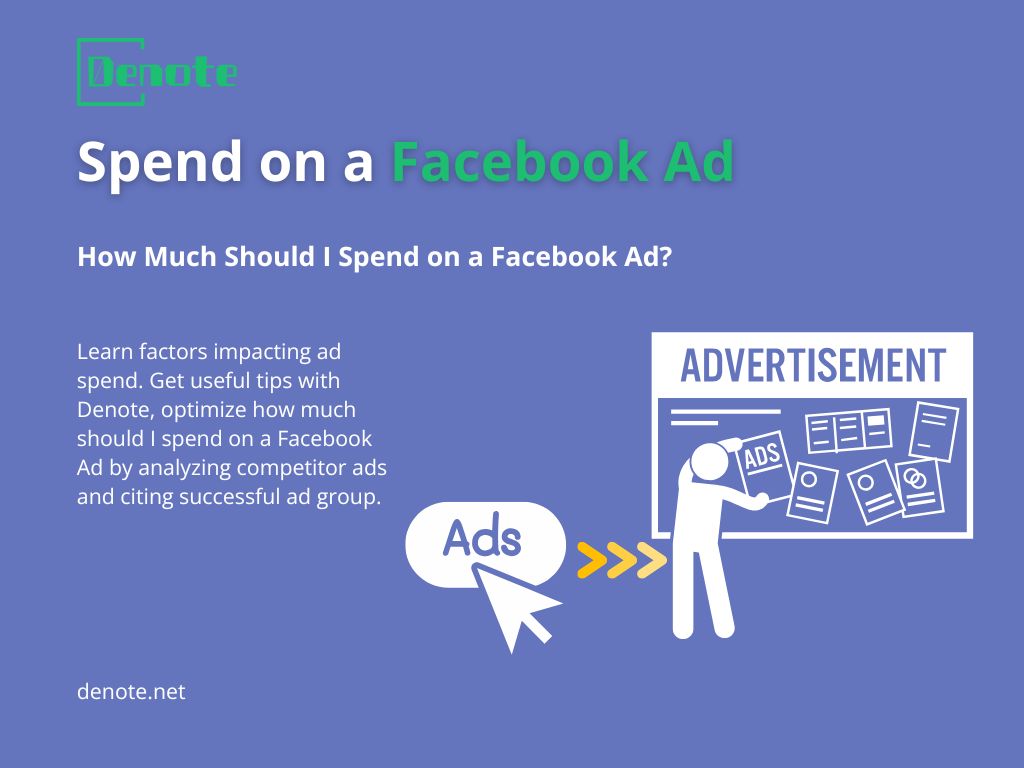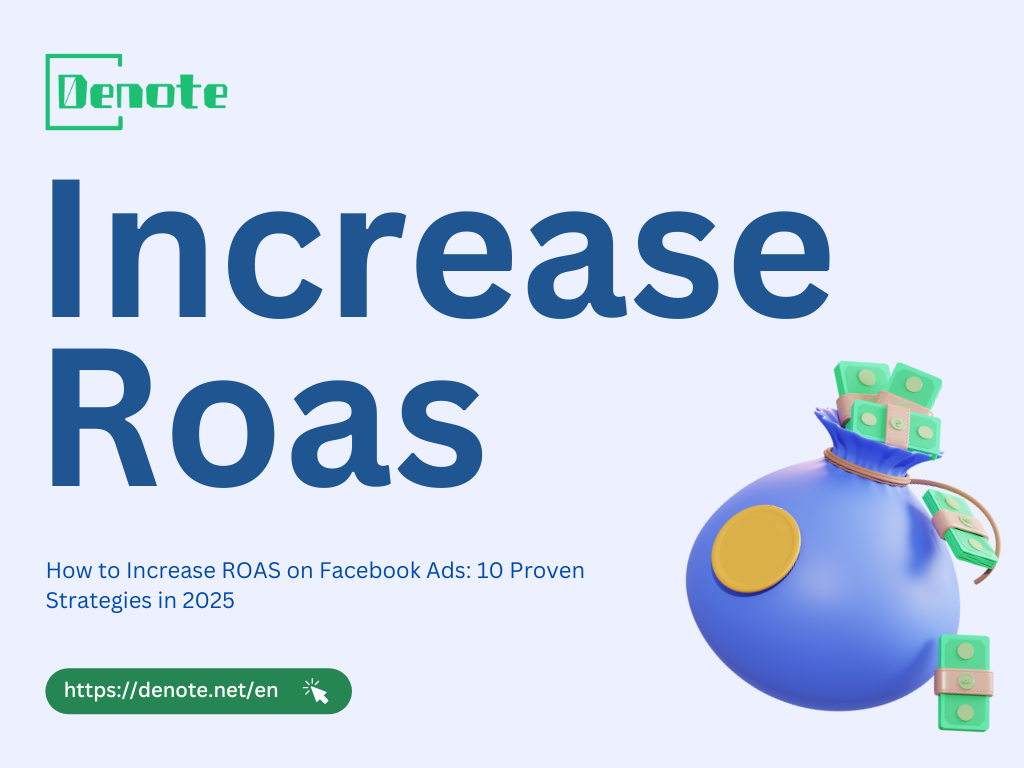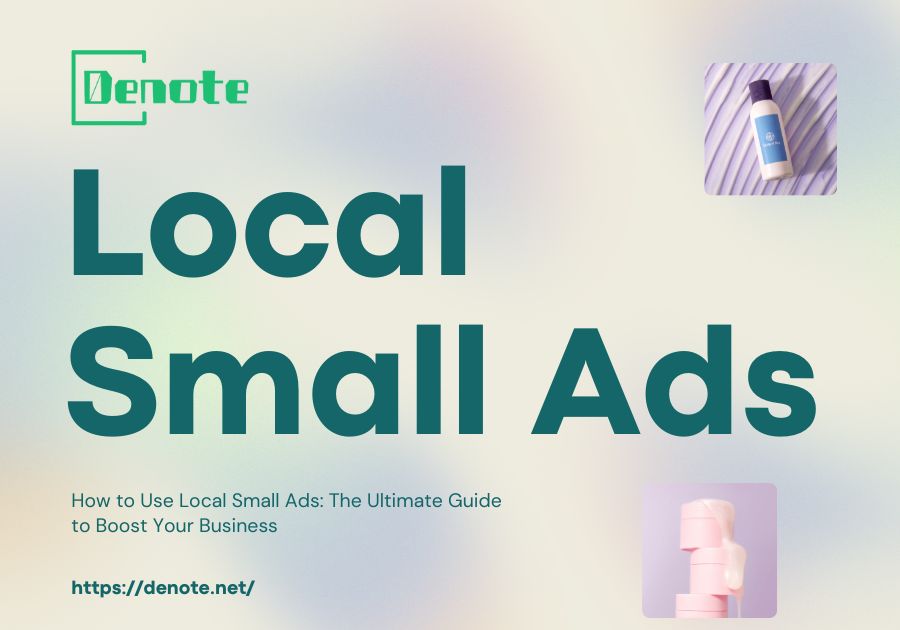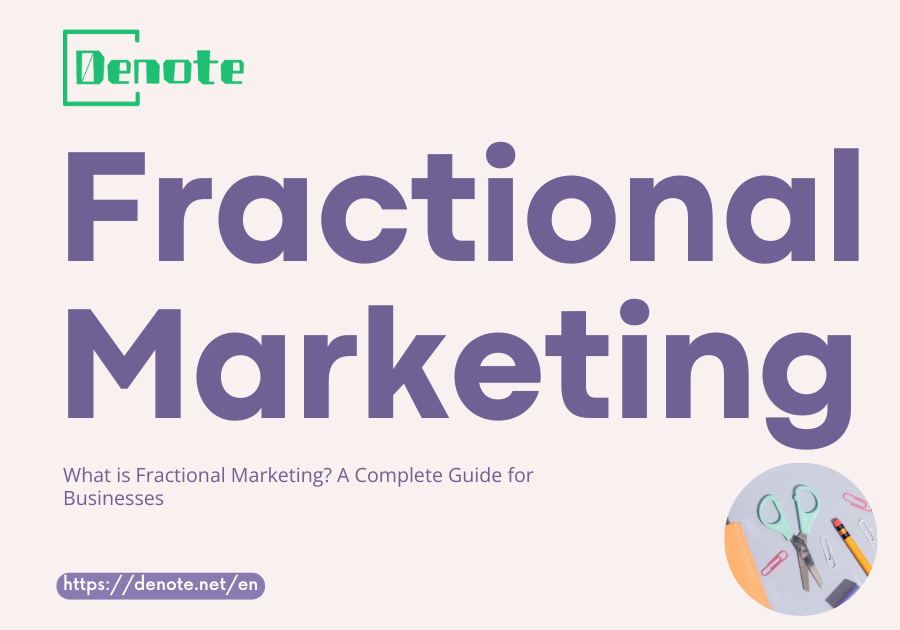How to Market Your Business – Step by Step Guide in 2025
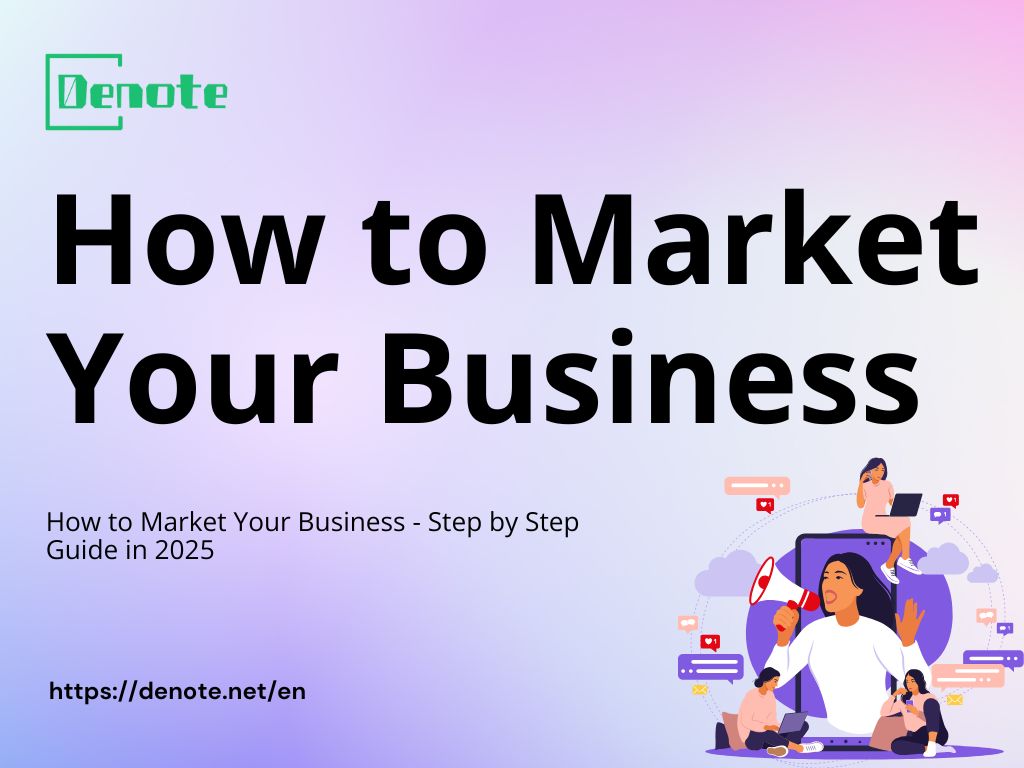
Why Marketing Matters for Business Growth
Building Brand Awareness
Before anyone becomes your customer, they need to know you exist. Brand awareness is the foundation of your entire marketing strategy. It's not just about putting your name out there—it's about embedding your brand into the consciousness of your ideal customers. Think about Nike's swoosh or Apple's apple. These symbols didn't just happen overnight. Through consistent and targeted marketing, they became etched in our brains. You can achieve similar impact (albeit on a smaller scale) by leveraging the right channels and being ruthlessly consistent.
Attracting and Retaining Customers
Nabbing a fresh customer? Oh, that’s a rush, no doubt. Hanging onto them, though—that’s where the real game starts. People think marketing is all about snagging new folks, but let’s be real—it’s just as much (maybe even more) about making sure they don’t ghost you after the first date.
If your strategy’s only about fishing and you forget to feed the fish…well, good luck. You gotta keep things interesting: toss out genuinely useful content, be there when they hit you up with questions—even if it’s at 2am and you low-key regret promising “always-on” support. Flood their inbox every now and then (not in a desperate spammy way, c’mon) and keep your socials buzzing. That’s what turns those checkout guests into real-deal, ride-or-die fans.
Competing in a Saturated Market
Man, every damn industry these days feels jam-packed. Customers? They've got options out the wazoo, so if your biz doesn’t pop out somehow, you’re basically invisible. Gotta show off whatever makes you special—maybe you’re lightning-fast, way cheaper, kinda wholesome, or just straight-up have more swagger. Real talk: marketing should throw your unique vibe in people's faces and make them think, "Yeah, these are my people." If your story clicks, you’re not just part of the noise—you’re the playlist.
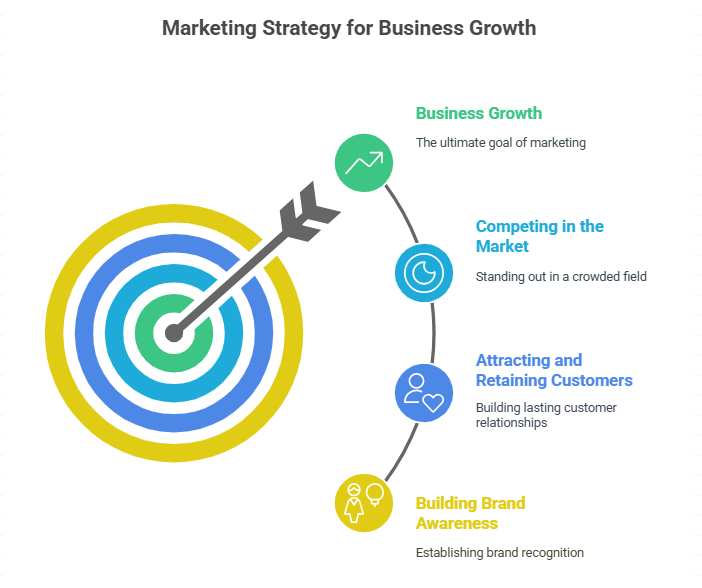
Understanding Your Target Audience
Creating Customer Personas
Look, you’re not gonna win by shouting into the void and hoping anyone out there cares. Seriously, trying to market to everybody is just a one-way ticket to “meh.” You want to actually connect with people? Zero in on your dream customers. And yeah, that “persona” thing might sound like something you’d do at a cheesy corporate retreat, but trust me—it works. Give these imaginary folks names, jobs, pet peeves—heck, picture what they order at Starbucks if it helps. I know, it feels goofy. But really digging in like this makes you see who you’re actually talking to—and gives you half a chance of saying something that lands, instead of just adding to the noise.
Market Research Techniques
Seriously, stop guessing—go find out for real. Talk to actual people. Run some surveys, chat with folks in interviews, put together a focus group if you’re feeling fancy, whatever. There’s a billion online tools out there—yeah, Google Trends is decent, and Denote’s even better if you want the gossip on what your competitors are throwing money at. Like, are people buying what you’re selling? What do they care about? How much are they willing to cough up for it? You can’t just wing it—Denote actually lets you snoop on competitors’ ads, so instead of randomly hoping your idea sticks, you can straight-up jack their playbook.
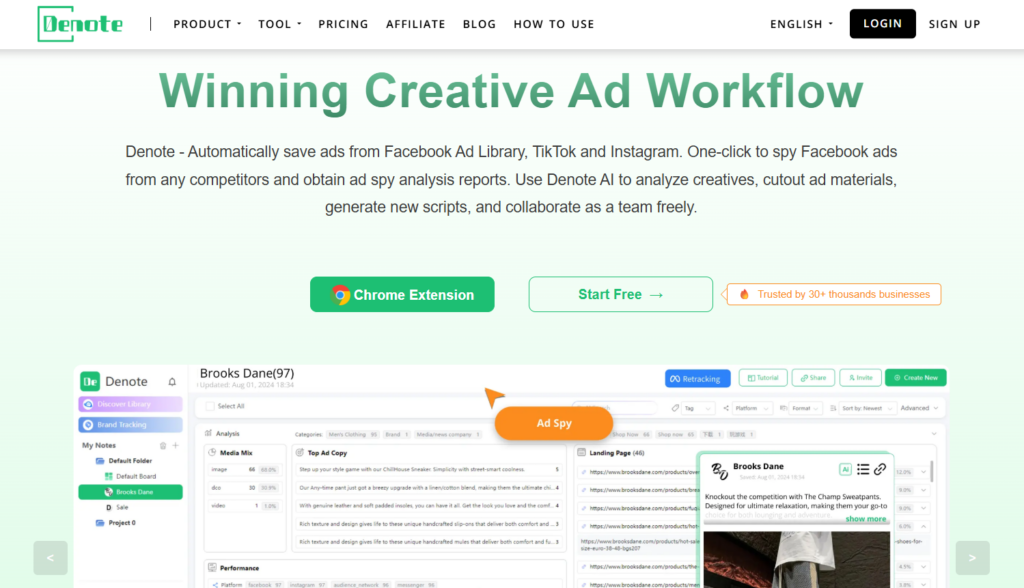
Analyzing Customer Pain Points
Here’s the deal: nobody’s out here blowing cash just to own another random thing—they’re looking for something that actually fixes a problem in their life. Like, if you’re shilling ergonomic chairs, people aren’t saying, “Oh wow, cool chair!” Nah, they’re desperate to stop feeling like a 90-year-old after marathoning Zoom calls all day. Nail that pain. The closer you tune in to whatever’s driving them nuts, the more your pitch sounds like, “Hey, I get you. Let’s fix this together.” That’s when folks actually start paying attention.
Core Strategies to Market Your Business
Digital Marketing Tactics
Honestly, if you’re not online hustling for your business these days, what are you even doing? The internet’s the town square now—everybody’s glued to their screens. So yeah, you kinda have to show up. Anyway, here are a couple ways you can actually get noticed out there.
Content Marketing (Blogs, Videos, Infographics)
Content’s like that sneaky friend who just shows up and suddenly you’re having the best night ever—except in marketing, it’s more like pulling off a heist of attention. You’re sliding value right under people’s noses, without slamming a sales pitch in their face. Blog posts (yup, like the one you’re reading), YouTube rants, snazzy infographics—they all whisper, “Hey, I know my stuff,” while low-key showing off your expertise.
So, yeah, mix it up: drop your knowledge, crack a joke, share a fail now and then. Get folks to actually wanna hang out with your content, not feel chased away by dull ads. Oh, and by the way—if no one can find your stuff online, what’s the point? SEO isn’t just nerd-speak. Make sure people can stumble across your brilliance instead of tossing it into the internet abyss and just…hoping.
Social Media Marketing (Instagram, Facebook, LinkedIn, TikTok)
Honestly, every platform’s got its own weird little universe. Instagram? That's the home of pretty pictures and that “living-my-best-life” energy. LinkedIn is all “Let me flex my career muscles and drop some wisdom.” TikTok? If you’re not funny, real, or trying to go viral, what are you even doing there? Point is, you gotta figure out where your people are hanging out and make stuff they’ll actually double-tap, not just scroll past.
Seriously, being consistent matters way more than you think. And, yeah, recycle your content—just give it a facelift for each platform. Don’t just be that person who shouts into the void about your own stuff. Social’s way more interesting when you actually talk to people, not at them.
Email Marketing and Newsletters
Look, email marketing isn’t just another gimmick—it’s basically sliding straight into your customers' DMs, but, you know, in a non-creepy way. It’s cheap, you can get real personal, and if you nail it? Suddenly you’re watching clicks turn into cash. Newsletters aren’t just fluff, either. Hit folks with updates, sneak in a sweet deal or two, and actually talk to them like they matter. Don’t spam, unless you wanna get dumped into the junk folder graveyard. Oh, and honestly, why make life harder? Use Mailchimp or ConvertKit, set up some automations, get that segmentation magic going. Your future self will thank you.
Search Engine Optimization (SEO) Basics
Okay, look, everyone wants to be the chosen one on Google, right? You wanna pop up when someone’s furiously typing “how to market your business” at 2 AM? That’s good ol’ SEO doing its magic. Forget those shady hacks from 2005—search engines will catch your shenanigans faster than you can say “black hat.” Clean up your site, make stuff actually load before my coffee gets cold, snag some legit backlinks (not the spammy kind, please), and write the type of content that makes people go, “Oh damn, this is helpful.” Solve real problems, don’t just stuff a billion keywords and pray—Google’s way too clever for that now.
Paid Advertising (Google Ads, Meta Ads, etc.)
Wanna speed things up? Paid ads are totally your secret weapon. Seriously, just throw some cash at Google Ads, Facebook, or even TikTok, and you can laser in on folks based on what they're into, where they live, or how they act online. Instant traffic, like flipping a switch—except your wallet cries a little. And hey, don’t just chuck money out there and hope for magic. Track what’s landing with people. Denote does a killer job spying on the competition and figuring out which hooks and visuals are actually getting people to click. Work smarter, not just harder, y’know?
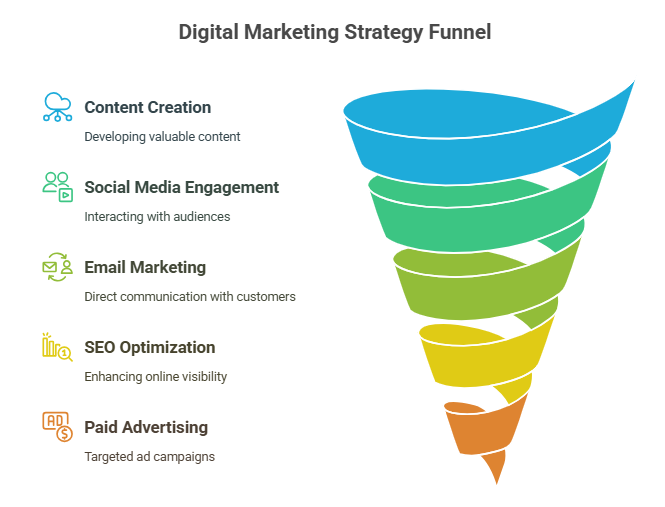
Offline Marketing Ideas That Still Work
Networking and Local Events
Look, face-to-face networking isn’t some relic collecting dust—it's alive and kicking, trust me. Trade shows? Local hangouts? Community shindigs? Those are where the magic happens. People wanna do business with folks they vibe with, right? And, honestly, nothing beats telling your story in person—way more memorable than another forgettable LinkedIn DM. Don’t forget your business cards (duh), but honestly, it’s your personality and your journey people will remember.
Print Advertising and Flyers
Look, don’t sleep on old-school stuff like newspapers, magazines, or those killer flyers you spot taped up at your favorite coffee joint. For shops with an actual front door—yeah, not just websites—getting your name out there in print still works, like, big time. A flyer with some personality stuck on the bulletin board at some hipster co-working spot? That’s basically modern-day word of mouth. Honestly, if your design looks crusty or your message rambles, people’ll just ignore it, so don’t phone that part in. Slap a QR code on there, too. It’s 2024—if you’re not dragging people from paper to your Instagram or site, what are you even doing?
Word-of-Mouth and Referral Programs
Referrals? Oh, man, they’re basically the cheat code of marketing. Who listens to some random ad these days? Nah, folks wanna hear it straight from their buddies. So, set up a referral thing—toss your loyal crowd a little something when they hype you up. Doesn’t have to be big—maybe a discount or some swag—just a nudge. Honestly, viral buzz isn’t magic; smart brands are out here building it on purpose.
Tools to Help You Market Your Business
Trying to do marketing without any tools? That’s basically like showing up to a fishing tournament and just splashing around in the water—yeah, maybe you’ll catch something, but don’t hold your breath. We’re lucky, honestly, ‘cause these days there’s a tool or app for literally every annoying little task. If you actually want to crush it and get your business noticed, you gotta get your hands dirty and mess around with the right marketing tools. No shortcuts.
Marketing Automation Platforms
Imagine running personalized email campaigns, scheduling social media posts, and nurturing leads—while sipping coffee on your porch. That’s the magic of marketing automation. Platforms like HubSpot, ActiveCampaign, and Mailchimp allow you to build sequences, track user behavior, and scale your marketing with minimal manual work.
Automation doesn’t mean robotic. When done right, it enhances the human touch. You can send birthday discounts, product recommendations, or follow-up content triggered by real-time user actions. It's like having a marketing intern who never sleeps—and never forgets.
Analytics Tools (Google Analytics, Hotjar, etc.)
Look, if you’re not actually tracking what’s happening on your site, you’re basically blindfolded and throwing darts at a board. Hope is not a strategy, my friend. You gotta have data—plain and simple. Google Analytics? That’s your bread-and-butter. You find out who’s showing up, who’s peacing out too fast, where they came from in the first place, all that jazz. Like, are folks bouncing off your homepage faster than Netflix cancels shows? Is some random blog post suddenly everyone’s obsession? That’s the stuff you live for.
But, oh, you want more? Grab Hotjar. It literally lets you spy on user rage-clicking like they’re trying to slap the screen. Heatmaps, session recordings—the works. It’s like you’re looking over the visitor’s shoulder, no joke.
Here’s a little ninja move: toss Denote into the mix. Wanna see what ads your rivals are crushing it with? Peek at their winning creatives and steal the good ideas (legally, please). No sense sweating bullets reinventing everything from scratch, right?
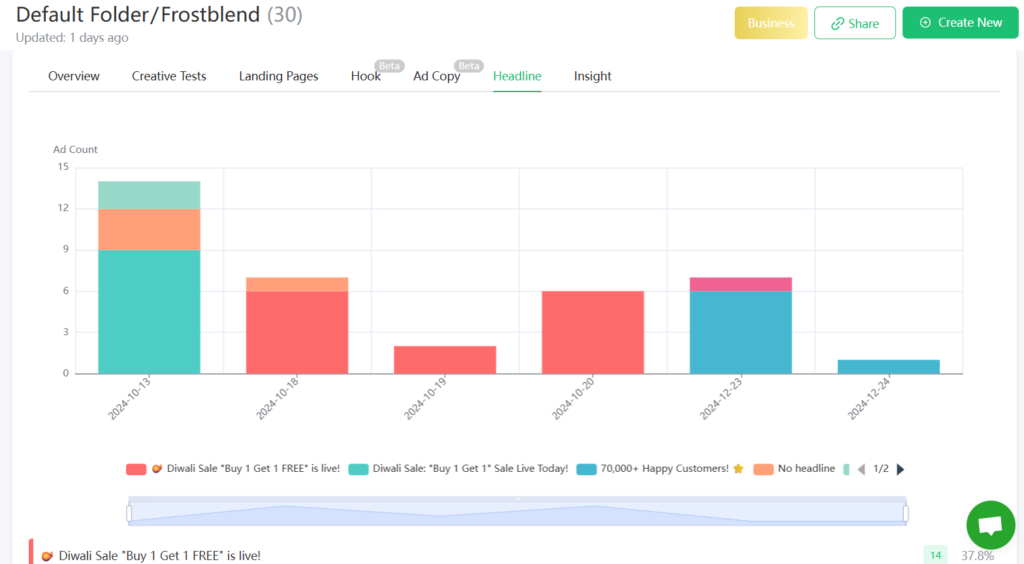
Content Scheduling Tools (Buffer, Later, Hootsuite)
Honestly, staying on top of content feels like chasing a gremlin with zero chill—it never stops begging for more. If you want to keep your sanity, you gotta have some scheduling tools in your corner. Buffer and Hootsuite? Old reliables. Later, though? That visual calendar's a lifesaver, especially if you’re juggling Instagram or TikTok (welcome to the chaos).
Seriously, just crank out a batch of stuff, queue it up, and stop stressing about daily posts eating your soul. Plus, those analytics dashboards are pure gold. Check what gets people buzzing and do more of that instead of just throwing spaghetti at the wall. Work smarter, not harder, y’know?
Measuring Marketing Success
You’ve put your strategies in motion—great! But how do you know if your marketing efforts are paying off? Marketing without measurement is like flying blind. Let’s decode the metrics that truly matter.
Key Metrics to Track
Honestly, you can track, like, everything these days—it’s wild. But real talk, not every stat matters. Here’s the stuff you actually wanna pay attention to:
- Traffic: Who’s showing up? And, uh, how’d they even find you?
- Conversion Rate: So, are folks just peeking, or actually buying/signing up?
- CPA (Cost Per Acquisition): What’s it costing you to snag a new customer? Hope you’re not bleeding cash.
- CLV (Customer Lifetime Value): Basically, how much cheddar does one customer bring in before they bail?
- Bounce Rate: Are people ghosting your site after five seconds?
Keep tabs on this stuff. You’ll catch patterns, tweak your game plan, and (hopefully) make some smarter moves. And, pro tip? Forget the fluff—nobody pays the bills with empty follower counts. Chase the numbers that actually move the needle for your business.
Conversion Rate Optimization (CRO)
Honestly, everyone’s obsessed with chasing more traffic, but let’s be real—why not squeeze more juice outta the folks already visiting your site? That’s what CRO (yep, conversion rate optimization for the acronym lovers) is all about. Mess around with your headlines. Tweak those landing pages. Spice up your calls-to-action—sometimes it’s as simple as swapping “Submit” for “Gimme!” and boom, your conversions pop. Feels like magic? Nah, it’s just smart testing.
Grab something like Google Optimize or Convert and start A/B testing the heck out of stuff. You’d be surprised how much difference one tiny word on a button can actually make. Seriously, don’t sleep on the small stuff—it adds up, fast.
Customer Lifetime Value and ROI
Listen, everyone loves a quick win—it’s addictive. But honestly? The real pros focus on the long game. You ever actually stop and wonder how much a customer’s really worth to your biz? That’s CLV, baby. Without it, you’re just throwing darts blindfolded when it comes to deciding what you’ll spend snagging and keeping folks around.
Now, sling ROI into the mix, and suddenly the fog clears—you can actually see if your marketing’s pouring money down the drain or stacking cheddar. Here’s a gem: peek at what your rivals are dumping cash into. If they’re going nuts on some fancy ad style, they’re probably not just messing around. Copy their homework. There’s no shame—just reverse-engineer that magic, and boom. Now you’re in the game.
Final Tips for Long-Term Marketing Success
So you’ve learned the what, the why, and the how of how to market your business. Before we close, here are some final tips to keep your strategy thriving for the long haul.
Stay Consistent with Your Brand Voice
Think of your brand voice like your business’s vibe—basically, its whole personality. Is it chill and goofy? Buttoned up and corporate? Super warm and fuzzy? Whatever you pick, just commit. For real, being wishy-washy only confuses people. Folks want to know what to expect from you, so don’t go Shakespeare on LinkedIn and then frat-party your way through TikTok. Keep it real, keep it consistent, and people will actually remember you (for good reasons).
Regularly Reassess Your Strategy
Man, marketing moves at the speed of the internet on a caffeine rush—what crushed it last year could totally bomb now. Honestly, you gotta pencil in some self-reflection time: does your Instagram still slap, or did your audience wander off to Threads or who-knows-where? Maybe there’s a new app in town—Denote, AI whatever, stuff popping up like mushrooms after rain.
Don’t get stuck in your ways. Stick with what’s killing it, toss the dead weight, and never be afraid to try some wild stuff. The only real rule? Don’t get boring.
Invest in Learning and Experimentation
The best marketers are lifelong learners. Follow industry blogs, attend webinars, join marketing communities, and test new tools. Be curious. Try unconventional tactics. Some of the most successful campaigns in history came from wild ideas no one else would dare try.
Set aside budget and time each quarter to experiment with a new strategy or platform. Even if it flops, you’ll learn something valuable.
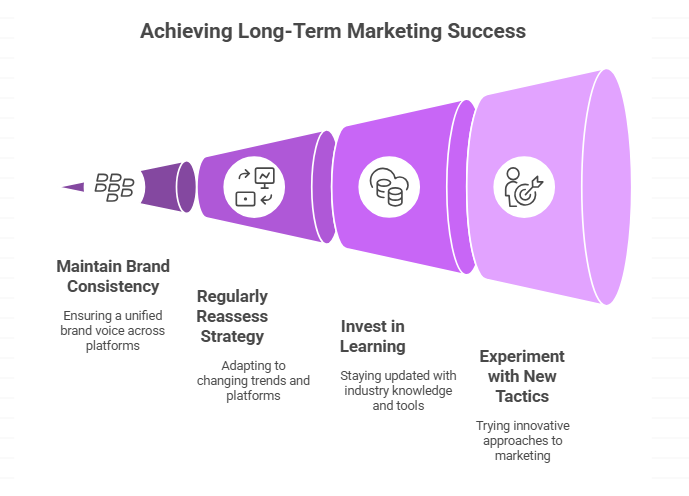
Conclusion
Learning how to market your business isn’t a one-size-fits-all recipe—it’s more like cooking without a recipe: you start with some basic ingredients, taste as you go, and tweak based on feedback. Whether you’re a solopreneur or running a fast-growing startup, a smart marketing plan will help you stand out in a noisy world, connect deeply with your audience, and build a business that lasts.
